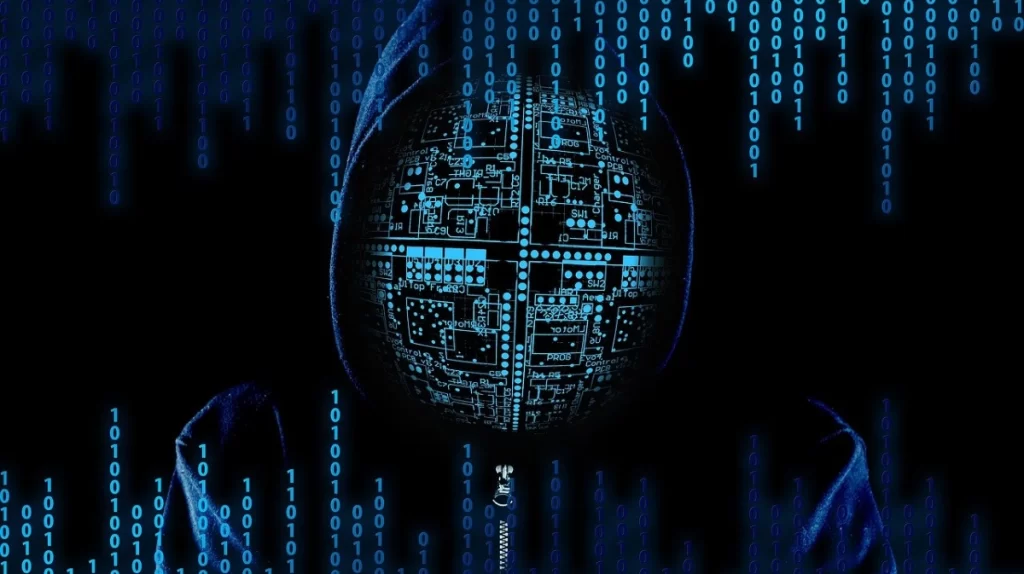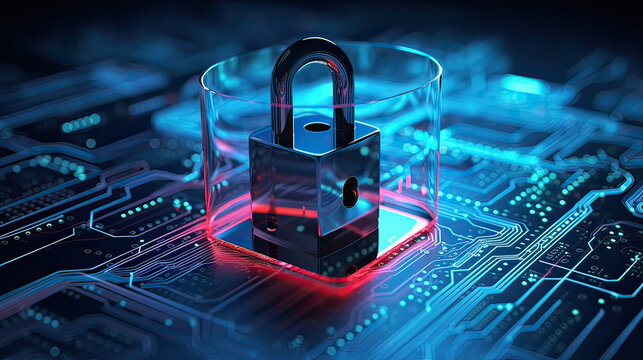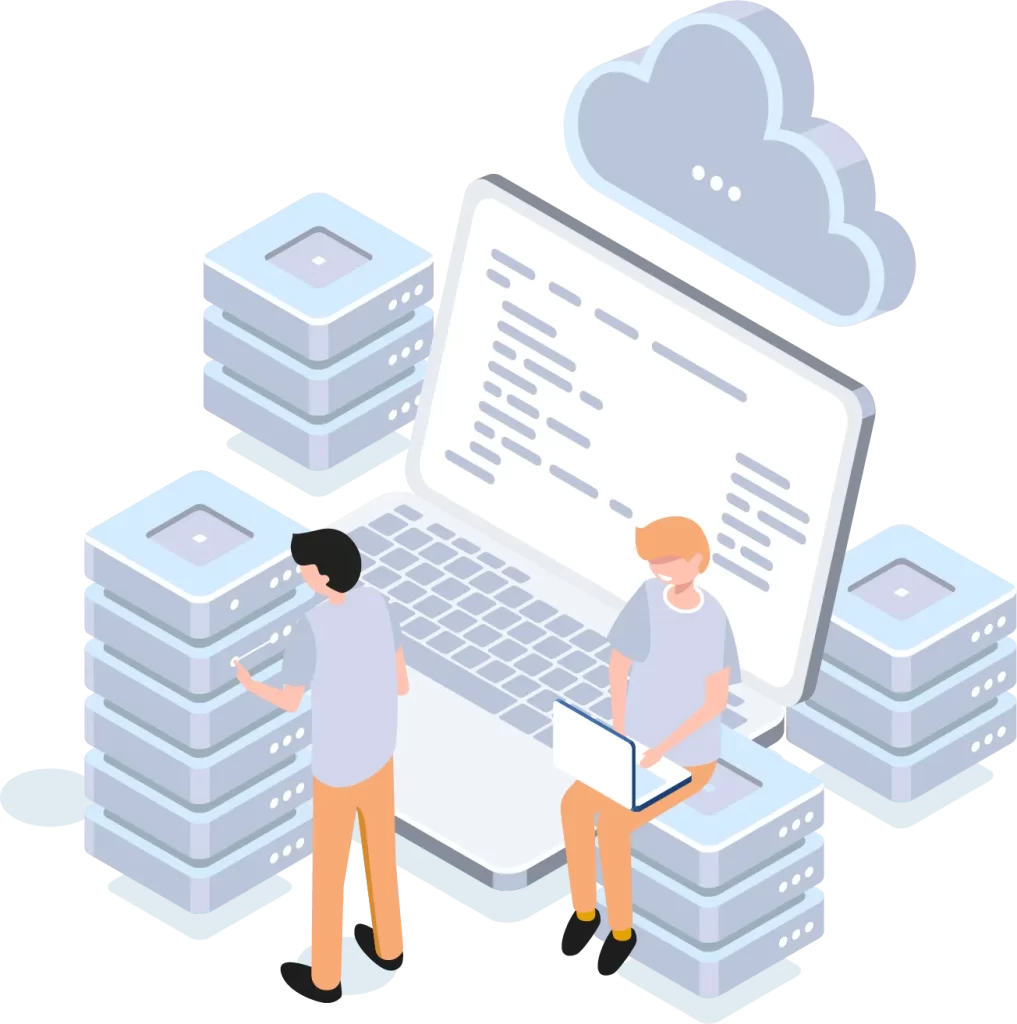Digital Footprint Awareness How to Minimize Your Online Vulnerabilities
In today’s digital age, every click, share, and post contributes to our online identity, often referred to as our digital footprint. This footprint can have significant implications for our privacy, security, and reputation. To navigate the internet safely and minimize vulnerabilities, it is essential to understand what a digital footprint is and how to manage it effectively. A digital footprint consists of all the information that is left behind when you use the internet. It includes everything from social media posts and comments to online purchases and browsing history. There are two types of digital footprints: passive and active. A passive footprint is created without the user’s knowledge, such as data collected by websites through cookies. In contrast, an active footprint is created when users deliberately share information, such as posting on social media or filling out online forms. Understanding the distinction between these types can help individuals become more conscious of their online behaviors.
One of the most effective ways to minimize your digital footprint is to regularly audit your online presence. Start by searching your name in search engines to see what information is publicly accessible. Review your social media accounts and remove any content that you would not want a potential employer or stranger to see. Adjust privacy settings to limit who can view your profiles and posts. It is also crucial to consider the implications of your online interactions think twice before sharing personal details, even in seemingly private settings. Another significant step is to manage your passwords and security settings diligently. Use strong, unique passwords for different accounts and enable two-factor authentication whenever possible. This adds an extra layer of security that can help protect your accounts from unauthorized access. Additionally, be cautious of phishing attempts and malicious links. Always verify the source of an email or message before clicking on links or downloading attachments.
Utilizing privacy-focused search engines and browsers can also help reduce your digital footprint. These tools often do not track user activity, providing a more private browsing experience. Consider using virtual private networks VPNs to mask your IP address, further protecting your online activities from prying eyes. Finally, Protect Your Data educate yourself about data collection practices. Understanding how websites and apps use your data can empower you to make informed choices about your online interactions. Be selective about the platforms you engage with and consider opting out of data collection wherever possible. Minimizing your digital footprint is crucial in today’s interconnected world. By regularly auditing your online presence, managing your passwords, utilizing privacy tools, and understanding data practices, you can significantly reduce your online vulnerabilities and take control of your digital identity.





